
The Zipper Foot can be used for inserting zippers as well as making and inserting piping or cording. The zipper Foot allows the needle to stitch close to a raised edge such as the teeth of a zipper or the thickness of cording. The Zipper Foot is truly an essential accessory for fashion sewing and home decor projects.
On most sewing machine models, the Zipper Foot can be attached to the presser foot holder on either the right side or left side. Depending on the type of zipper insertion, both sides may be used. For more information on the Zipper Foot for your machine model, refer to your sewing machine manual.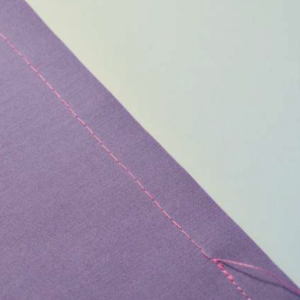
Zippers
There are many zipper applications: lapped zipper, fly front zipper, and centered zipper. Follow along to see how a basic centered zipper is installed.
First baste the seam line of the zipper opening, with fabrics right sides together and then stitch the remainder of the seam line with regular straight stitch. Be sure to backstitch at the beginning and end of this this regular stitch.
Press the seam open.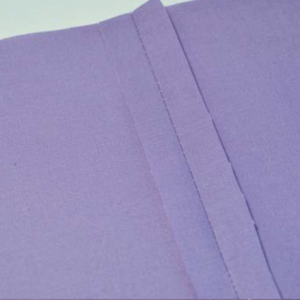
Place the zipper, centered on the seamline, under basted seam. Now baste the zipper to the seam allowances using either basting glue or machine stitches.
Tip: Basting glue can be used to hold the zipper tape in place while sewing. It is a great time saver!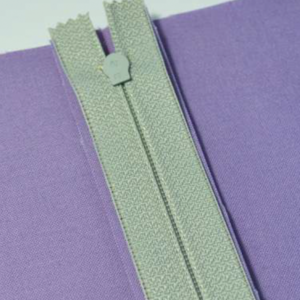 Set your machine for a regular straight stitch sewing. Attach the zipper foot to the machine on the left side of the foot. Follow your sewing machine manual for your recommended Zipper Foot settings.
Set your machine for a regular straight stitch sewing. Attach the zipper foot to the machine on the left side of the foot. Follow your sewing machine manual for your recommended Zipper Foot settings.
Depending on the model, you may need to move the needle position so that the needle sews on the left side of the foot.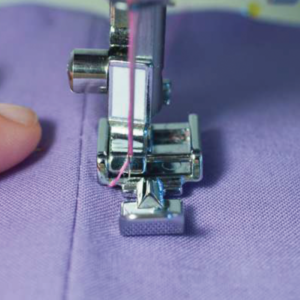
With the right side of the fabric facing up, top stitch the zipper opening a scant 1/8" from the zipper teeth starting on the upper right hand side. Sew down to the bottom of the zipper opening, pivot and sew across the zipper bottom (making sure not to stitch into the zipper stop), the pivot again and stitch up towards the top of the zipper opening. Clip and remove the basting threads. Your basic zipper insertion is complete.
Piping / Cording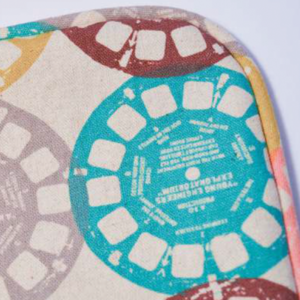
You can use the Zipper Foot to make a covered piping for a variety of projects. Shown here is a pillow cover with self fabric piping.
You will find piping used in fashion sewing, such as collars or inserted in seams, and in many accessories such as handbags.
Home decor uses for piping include pillow covers, inserted in the seams of slipcovers or even in valences and curtains. Piping can lend a tailored finished look to many projects.
Image the possibilities!
Sewing Inspiration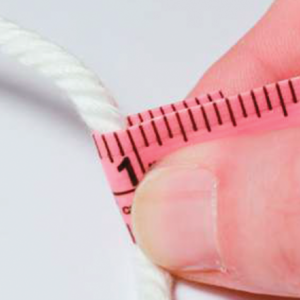
To create piping, first measure around the cording and add seam allowances to that measurement.
Tip: Use a flexible tape measure to measure for cording fabric strips. Wrap the tape measure around the cording to determine the size of the cord.Cut enough bias strips of the amount of cording you need plus 1" for each seam required to join the bias strips together.
Sew the bias strips end to end to create one continuous length of bias. Press the seams open.
Wrap the wrong side of the bias around the cording.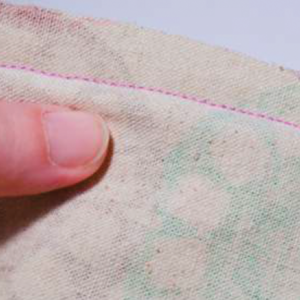
Set your Singer Sewing Machine for straight stitching. Attach the zipper foot to the left side of the foot and be sure the needle is set to sew on the left side of the foot. Stitch the seam allowances of the fabric together close to the cording.
Tip: Before cutting the bias strips from your piping fabric, embellish the fabric with decorative machine stitches.
To insert piping into a seam, such as this pillow cover seam, pin the piping to the right side of the main fabric piece with the raw edges of the piping aligned with the raw, outer edges of the main fabric piece. At the corners, clip the seam allowances of the piping. This will allow the piping to relax so that it will fit smoothly around the corners of the pillow without puckering.
Sew the piping to the main fabric piece, overlapping the ends and allowing the ends of the piping to fall outside the stitching line.
Note: If sewing piping into a pillow be sure to either leave an opening in a seam, or unzip the zipper to leave an opening for turning right side out.Place the other main fabric piece right sides together with the main fabric piece/piping piece and sew the seam close to the piping.
Turn right side out and press.
Your basic piping insertion is complete. This technique can be used on a wide variety of projects.
The possibilities are endless!
